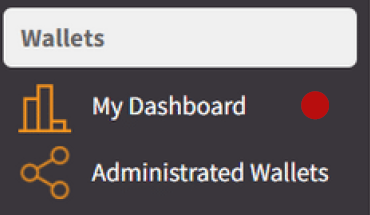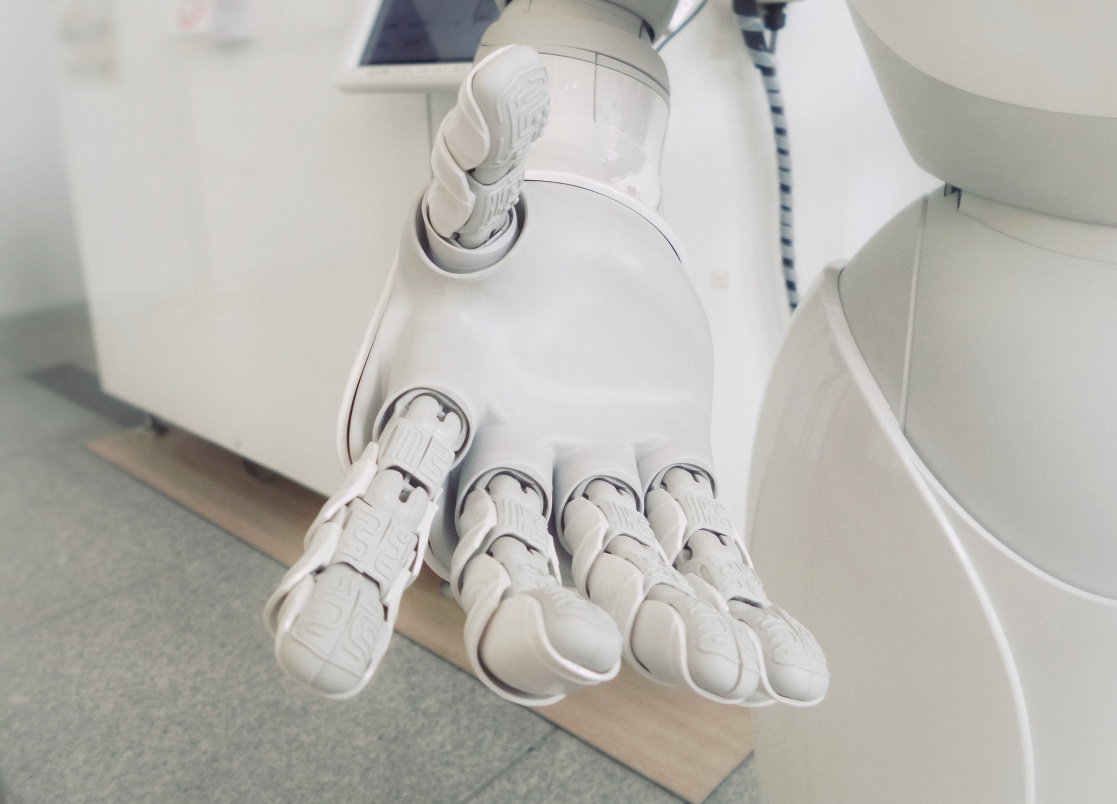As 2022 approaches its end, we can start making some summaries. By this opportunity, we have recently had a series of internal, in-person meetings. One of them included brainstorming sessions with one of our largest customers.
The product of those meetings are technological perspectives for Yumasoft and our clients in the coming months. In this article, I’d like to share some of the technologies we are going to look into in 2023.
Table of Contents
AI
Artificial Intelligence is one of the technologies that’s been getting a lot of hype recently. Mostly thanks to OpenAI opening its GPT-3 playground and chat. This is all fun, but companies started looking into how to use this in their businesses. We are also looking on how to leverage these new findings in AI to make our customers’ businesses easier. We think that AI can make end users’ life smoother, allowing them to focus on what is the most important.
The fact is that in many applications we develop for our clients, there is a lot of data. We have quite rich experience in developing various document and quality management systems. The data in those systems can be generally classified as documents. The documents contain tons of information. This information is currently manually enriched with metadata by the end users. In AI, we see a huge potential to automate this part of people’s jobs. NLP is very promising in this manner. It is also worth looking into the technologies like Haystack and ML.NET. The goal is that the end users can focus on their most important tasks, i.e. providing business value to companies they work for. Manual work should be limited to supervision and “teaching” the AI algorithm to perform better.
At Yumasoft, one of the technologies we are looking at in 2023, is definitely Artificial Intelligence. We think it’s a way forward in most applications of software development, especially those including big data. What’s more, implementing AI is a great marketing leverage 😉
Guide-based forms/wizards
Diving into AI, we got inspired by how algorithms can help users fill the data online. We think that instead of presenting the end user with an old-school form containing dozens of input fields, we can ask him/her a few relevant questions and prefill the form based on the answers.
Firstly, when performing an operation in the system, the user is asked several questions in a wizard/step-by-step guide form. Finally, our algorithm analyses the user’s answers and present the user with a prefilled HTML form. The user’s ultimate role is to verify the data. What’s more, if the form’s values are corrected manually by the user, the algorithm can learn from those editions to propose better values in the future.
At Yumasoft, we think it’s better to sometimes lead the users by hand, instead of presenting them with complex, old-school forms. We’ll be exploring such ideas in the coming months.
Minimal UIs
Nowadays, we are generally overstimulated. The marketing is omnipresent. Still remember these 3-weeks-long Black Friday sales? And the week-long Cyber Monday ones just after? We don’t want our applications to make people even more distracted in today’s world.
Similarly to simplifying the forms, we think creating KISS UIs is crucial. We can also call them the minimal UIs.
For instance: let’s assume we have a dashboard. The dashboard shows many things: new procedures, unread documents, some actions to take, people to call, notifications, company events… Usually, you as a user are only interested in what you actually need to do – now and today. The typical dashboard may contain too much information to easily spot the really important things requiring your immediate action. A solution to that could be presenting a simple indicator, like a colored, pulsating dot in a place that is central to the user:

The goal is to clearly see, in a single place, whether you have something to do for now or not. This is the only thing you’re really interested in.
Such an approach simplifies working with the system and saves a lot of users’ time. It is also based on showing as little information as possible to get the job done.
React
As per The State of JS 2021 survey, React is currently the most popular front-end framework on the market. We’ve already been working with it for a long time, but it seems that we will be exploring React even more. At the moment, React is our default choice for new projects.
SaaS
For some of our customers, we are still maintaining heavy desktop clients, including Windows applications. These programs require quite good hardware, as well as manual installation and maintenance. If the application we develop makes use of external desktop tools like Microsoft Office, this also adds the costs of licensing for every end user.
As a consequence, the businesses are expecting to move the software into the cloud. SaaS looks like the preferred model. Web apps only require a modern web browser and Internet access to be used. Additionally, end users don’t need to worry about licensing. Most of UI and other frameworks are licensed per application or per developer. This is a huge difference to desktop applications, where every end user must possess a proper license for the operating system and used programs.
Finally, it’s much easier to maintain SaaS-based systems. The updates are provided to everyone in a timely manner. It adds some complexity on the development and infrastructure, like keeping the backwards compatibility, but it seems to be worth the effort. Heavy clients are fading away and becoming unwanted in most use cases.
Cloud
Last but not least, at Yumasoft we are looking to more integration with cloud services like Microsoft Azure, AWS and Google Cloud. This goes together with betting on SaaS. Delegating the infrastructure to the cloud makes the maintenance much easier and smoother. Moreover, cloud computing services provide AI platforms and tools. The examples include Google’s Document AI or Azure Cognitive Search.
Of course, moving the data into the cloud comes with challenges. Data anonymization and security should be of a great concern here.
Summary
All of us – the technical teams as Yumasoft, our clients, their customers and finally – the end users – will have to go through a transformation which is happening right now. AI will bring a lot of improvements into most areas of our lives. Cloud computing will challenge all of us in terms of privacy and willingness to share our data with external companies. Will we trust them? Will we decide to go with the innovation flow, sometimes sacrificing our current beliefs? 🤔
We are so excited about the coming months. We look forward to 2023 and can’t wait to get our hands on these technologies! 🙂

